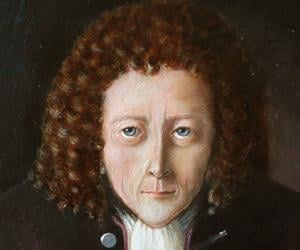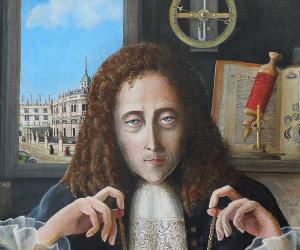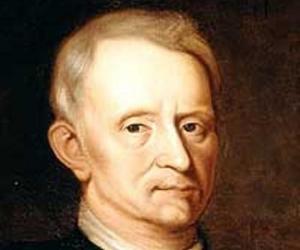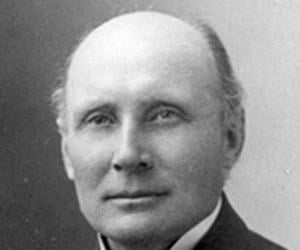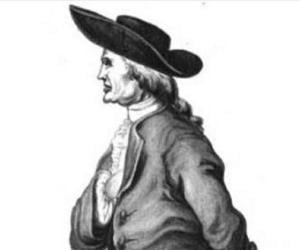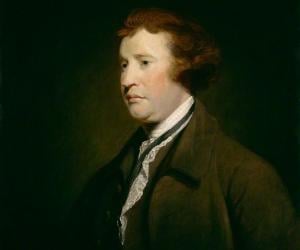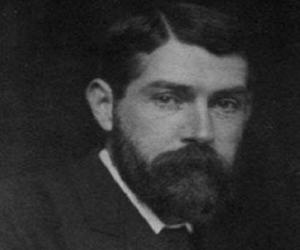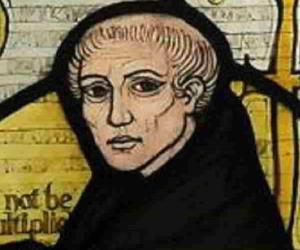Born In: Freshwater, Isle of Wight
Robert Hooke
(Philosopher)
Robert Hooke FRS (Fellow of the Royal Society) was an English scientist, architect and polymath. His name is somewhat obscure and no portrait of him survives today, partly due to his enmity with his more famous and influential colleague, Sir Isaac Newton. But still he is credited for the major contributions he made to science by way of his experimental and theoretical work in the 17th century and in re-building London after the Great Fire in 1666. Always prone to ill health, he never let it hinder his interests, which knew no bounds. His experiments and studies covered a vast range of subjects like physics, astronomy, chemistry, biology, geology, architecture and naval technology. His prowess enabled him to work alongside scientists such as Christian Huygens, Antony van Leeuwenhoek, Christopher Wren, Robert Boyle and Sir Isaac Newton. He discovered the law of elasticity, which is now famously known as Hooke’s law. He built a compound microscope and used it to observe the smallest, previously hidden details of the natural world. He also concluded that fossils had once been living creatures and stated that gravity applied to all celestial bodies. But for all contributions made to science and humanity, he never received the recognition he truly deserved
Philosophers #61
54
19
